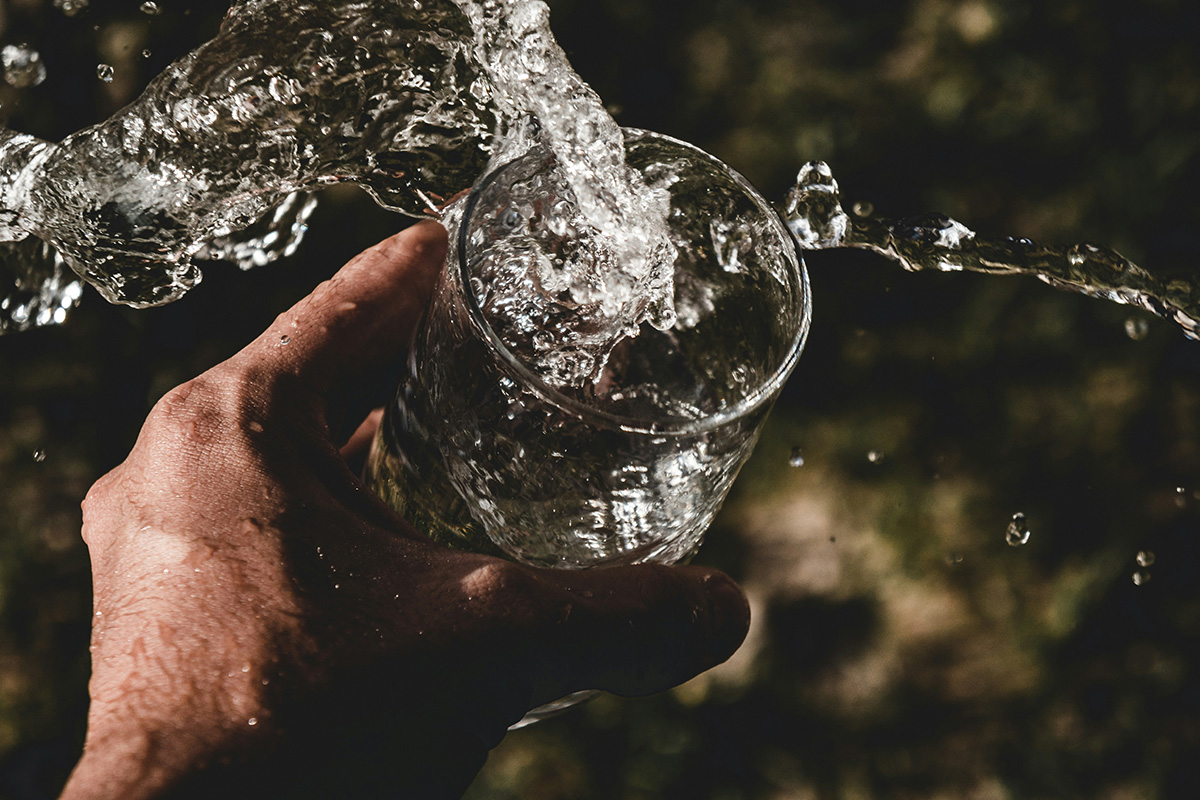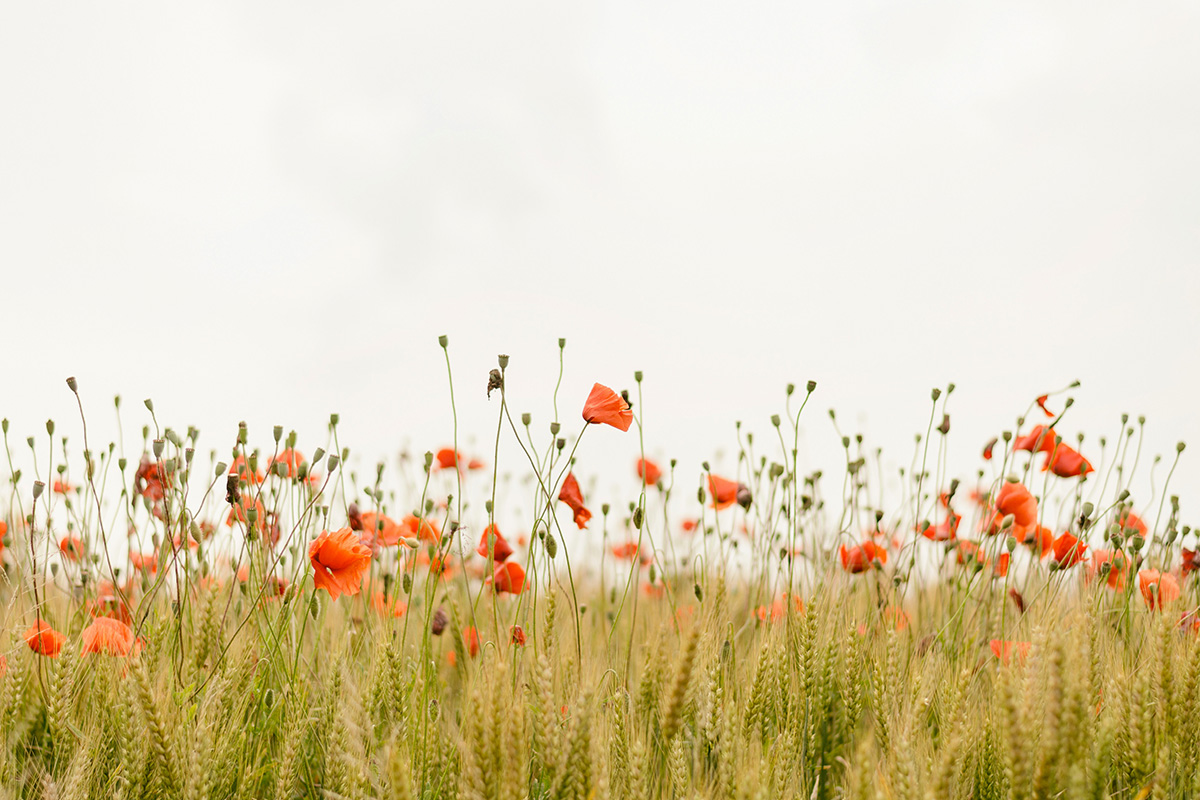Recommended Water Intake in the Hot Months of Las Vegas
One of the best things about Las Vegas is the sheer diversity of entertainment options. There’s always going to be something amazing to discover in Vegas, no matter who you are or what you’re interested in.
However, this wealth of entertainment can mask a simple fact about the city. Las Vegas is situated in a hot desert environment, and you need to consider how to adapt to maintain your health. In particular, you’ll need to monitor your water intake.
The Hottest Months in Las Vegas, Explained
You inevitably have hot and cold seasons back home, and the same holds true of Las Vegas. However, it’s not always as simple as you might expect.
Las Vegas is an urban area with lots of people, which generates additional heat through the heat island effect. So yes, as hot as the surrounding area is, Las Vegas itself is typically even hotter.
Be wary in July and August, but don’t discount September
July and August are the hottest times in Las Vegas when looking at basic expectations and metrics. But these averages hide some worrisome facts about September.
September is post-summer, but it still has days that can reach into the triple-digit temperatures. The real danger of September in Las Vegas is that people get used to cooler temperatures only to find themselves unprepared for the spikes.
Variables Determining Water Intake Amount
There are a number of different variables that impact your recommended water intake. These include the current temperature, your age, existing health conditions, activity level, and the amount of moisture in the air.
You should consider all of the following when determining how much water to drink every day. Though it’s always best to err on the side of caution and incorporate other ways to stay healthy.
Temperature
As the temperature goes up, so do your fluid requirements. As a rule of thumb, this escalates beyond around 90°F.
However, in general, just remember that as your sweat grows, so does your need to drink more water. It’s generally a good idea to carry a water bottle around if you know it’s going to get hotter over the course of the day.
Age
The recommended water intake by age hits extremes for both the young and old. People outside the range of young adults to middle-aged adults should take extra precautions.
Children’s higher metabolic rate means that they’re working through their hydration at a faster pace. At the same time, the elderly’s reduced metabolic efficiency means that they need to drink more to make up for those deficits.
Pre-Existing Health Conditions
Health conditions and the medications used to treat them can push up your hydration needs. If you have a serious health condition, you need to talk to your healthcare provider to discuss your trip beforehand.
The biggest concerns are blood pressure medications and diuretics. Both can increase fluid loss and require adjustment of your hydration.
Activity Level + Time Outside
The CDC recommends that an adult, on average, should have one cup of water every fifteen to twenty minutes when active in the heat. Though different circumstances can push this even higher.
Humidity/Dryness
A desert is a very dry environment. This dryness can make Las Vegas more comfortable than other locations with a similar temperature but higher humidity.
However, fluid loss is accelerated by dry heat as your sweat will evaporate more quickly. Because of this, you’ll need to increase your liquid intake as the humidity goes down.
A Full Guide to Water Intake in Las Vegas During Hot Months
You’ve now seen the main variables that change how much water you need in Las Vegas. However, these are modifiers to some basic rules.
You should keep the following rules in mind to make sure you get your recommended water intake daily. You’re sure to have a great time in Las Vegas as long as you remember both the rules and the variables.
Aim for 12 Glasses in a Day
As a general rule, you should simply set twelve glasses of water as your goal. Again, your actual requirements might go up or down depending on the previously mentioned variables.
However, getting more water than your basic requirements won’t cause any harm, while not meeting those requirements will hurt your health. As such, err on the side of caution and don’t let your intake drop below this twelve-cup guideline.
Focus on Water, Not Sugary Drinks or Alcohol
The quality of food and drink is also important. You should have high-quality meals with water rather than junk food with soda. Heat and eat meal delivery options make this easier than it’s ever been.
Higher quality of food pairs especially well with water, as your body naturally understands how flavorful the superior ingredients are. You find yourself wanting to appreciate the taste by drinking more hydration-friendly water. Meanwhile, alcohol and soda might even dehydrate you rather than offering hydration.
Monitor Your Urine Color
Checking your urine color might not be the most enjoyable way to determine if you’re drinking enough water, but it’s among the best. Urine essentially shows how much liquid your body is processing.
If your urine is a pale yellow, then it generally means you’re getting both enough hydration and nutrients. A darker color means you need more water, as your body’s waste isn’t showing proper dilution.
Putting It All Together To Stay Hydrated in Las Vegas
Finally, never forget that all of these elements need to work together while you’re in Las Vegas. Don’t just focus on one option to the exclusion of the others.
Obviously, you shouldn’t forget to have a good time. However, make sure to get a water bottle, keep it filled, and consider if you’re drinking enough over the course of the day. When you ask yourself, what are the best ways to stay healthy, water is going to play an important role in every situation.


